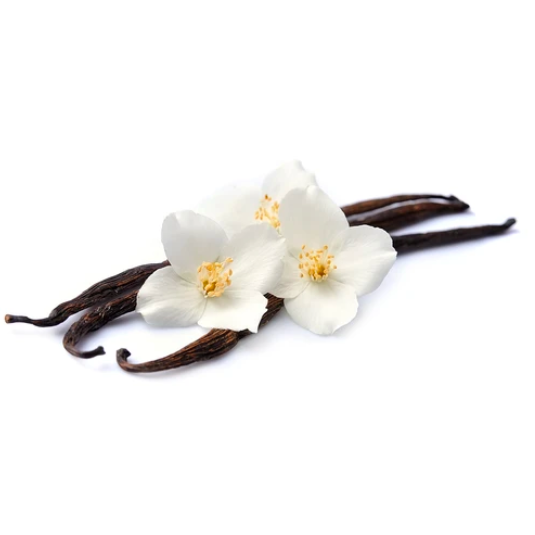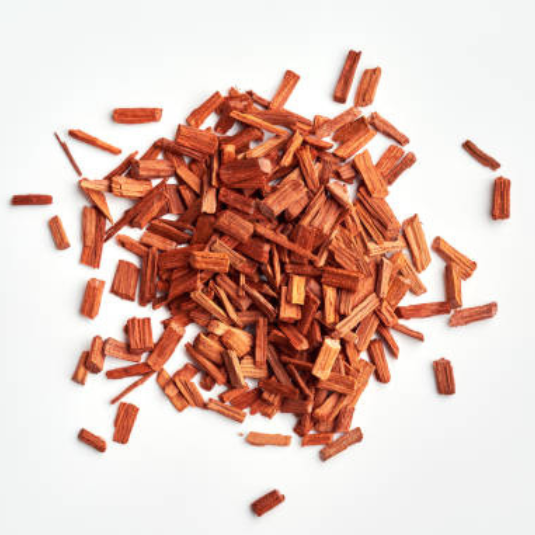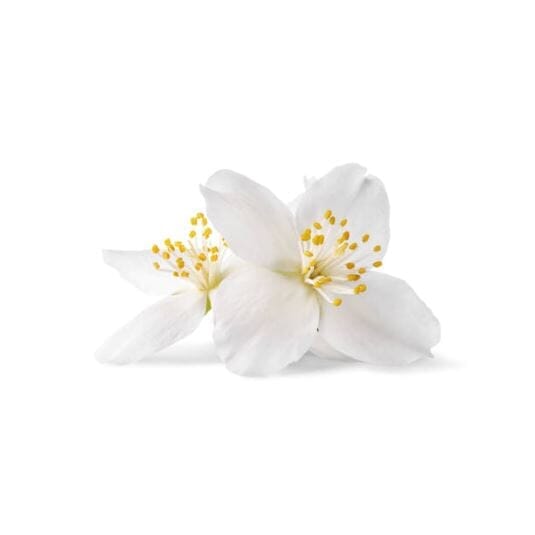What does the word pine mean?
The pine tree is a majestic and iconic tree found in many parts of the world. There are several species of pine, each with its own characteristics and properties. Its name comes from the Latin "pinus," meaning "resinous tree." Indeed, pine trees produce an aromatic resin that is often used in perfumery for its olfactory qualities.
In the beginning…
The use of pine in perfumery dates back to ancient times. The Egyptians already used pine essential oils for mummification, and the Greeks used it medicinally for its antiseptic properties. In the Middle Ages, pine perfumes were popular in Europe to mask unpleasant city odors. More recently, the scent of pine has been used in beard perfumes and men's grooming products.
Pine trees also hold cultural and symbolic significance in many cultures. In Greek mythology, the pine tree was associated with the goddess of the hunt, Artemis. It was considered a symbol of strength and virility. Native Americans used pine resin for healing and purification, while the Vikings used pine to build their ships.
DID YOU KNOW? Some pine trees can live for centuries. One of the most famous examples is the Bristlecone Pine in California, USA, which is considered one of the oldest trees in the world, with an estimated age of over 5,000 years!
Pine cultivation
The pine tree is native to the Northern Hemisphere and grows in many places, including Europe, Asia, and North America. Because it requires light to thrive, it is often planted in open areas in regions with a temperate, humid climate.
The pine tree develops from a small seed that germinates in the soil. Once emerged, it slowly grows, developing its roots and stem. Over time, the pine tree forms a sturdy trunk and branches that extend toward the sky. It absorbs nutrients from the soil and sunlight to feed and grow. As it develops, it produces green needles that help it photosynthesize and store energy. Over the years, the pine tree reaches maturity, forming a majestic silhouette and providing shelter for many forest creatures.
Pine harvesting is generally done by cutting into the tree's bark, which allows the resin to flow out. This resin is then collected and distilled to obtain the essential oil used in perfumery. This harvesting method, called tapping, has been practiced for centuries in pine-growing regions. Today, it is carried out in a more modern and environmentally friendly way, using techniques that are gentler on the trees.
The different species of pine
Several species of pine are used in perfumery for their distinct aromatic qualities. Here are some of the commonly used pine species:
• Scots pine (Pinus sylvestris): It is widely used for its essential oil rich in resinous, fresh and woody notes. It brings an invigorating and tonic touch to perfume compositions.
• Siberian Pine (Pinus sibirica): This pine species produces an essential oil with woody, earthy, and slightly smoky notes. It is often used to add depth and character to perfumes.
• Maritime pine (Pinus pinaster): Its essential oil is appreciated for its balsamic, resinous and slightly sweet qualities. It brings a warm and soothing note to perfume compositions.
• White pine (Pinus strobus): Its essential oil is known for its fresh, slightly lemony notes. It adds an invigorating and luminous facet to perfumes.
• Ponderosa Pine (Pinus ponderosa): This species of pine is appreciated for its essential oil with resinous, sweet and slightly vanilla notes. It adds a warm and enveloping dimension to perfume compositions.
These different pine species are used by perfumers to create a variety of fragrances, exploiting their specific olfactory characteristics and combining them with other ingredients to obtain unique and balanced compositions.
GOOD TO KNOW !
Pine boasts beneficial properties for health and well-being. Pine essential oils are often used in aromatherapy for their antiseptic and antiviral properties, helping to prevent infections and strengthen the immune system. They are also known for their anti-inflammatory properties, relieving muscle and joint pain.
In addition to its therapeutic properties, pine is also used in cosmetics for its purifying and revitalizing properties. Pine skincare products help to deeply cleanse and purify the skin, leaving it feeling fresh and soft. Pine is also a common ingredient in hair care products, helping to strengthen hair, prevent hair loss, and stimulate growth.
UNUSUAL! Some types of pine trees have developed special adaptations to survive forest fires. For example, the pine cones of the giant sequoias of the Sierra Nevada in California only open to release their seeds after being exposed to the intense heat of fire. This mechanism allows them to regenerate the forest after a fire!
What did you know about pine in perfumery?
The process of processing and transforming pine into perfumery begins with the extraction of resin from pine trees. This resin is collected from the trunks or branches, often by incision. The resin is then distilled to obtain pine essential oil, which has a distinctive scent rich in woody and resinous notes. This pine essential oil can be used as an ingredient in perfumes, providing a distinctive and natural aromatic facet. It can be blended with other ingredients and diluted as needed to create unique fragrances inspired by the aromas of nature.
Pine fragrance is highly valued in the perfume industry for its fresh, woody, and nature-inspired scent. When you breathe in the scent of pine, you can perceive crisp, invigorating notes of resin, pine needles, and bark, which bring a feeling of freshness and vitality. Pine fragrance can also have slightly herbaceous and balsamic undertones, adding a soothing and aromatic dimension to the overall effect.
The olfactory accords associated with pine can vary depending on the other ingredients it is combined with. Here are some common accords:
These olfactory accords allow the creation of a wide range of perfumes, from fresh and revitalizing compositions to warmer and more enveloping fragrances, highlighting the aromatic characteristics of pine.
The legendary pine fragrances...
• Vert d'Encens by Tom Ford is an eau de parfum created in 2016, blending notes of pine with incense and benzoin.
Pine X Good Perfumer
If you're looking for a quality pine fragrance made in France, you can turn to Bon Parfumeur's cypress fragrances. Indeed, cypress essential oil is reminiscent of the scent of pine, with the same camphor notes. Bon Parfumeur offers a selection of unisex fragrances that use this olfactory note:

• Eau de parfum 701 is an eau de parfum that blends notes of cypress, eucalyptus and coriander for a fresh and woody fragrance.
• 801 Eau de Parfum is a combination of cypress, sea spray, cedarwood and grapefruit notes offering an invigorating scent.
• Eau de parfum 401 , an eau de parfum with a unique olfactory composition, is a combination of notes of cypress, cedarwood, vanilla and candied plum.
Now that you know all about pine in perfumery, don't hesitate to visit our website or come and meet us in store!










